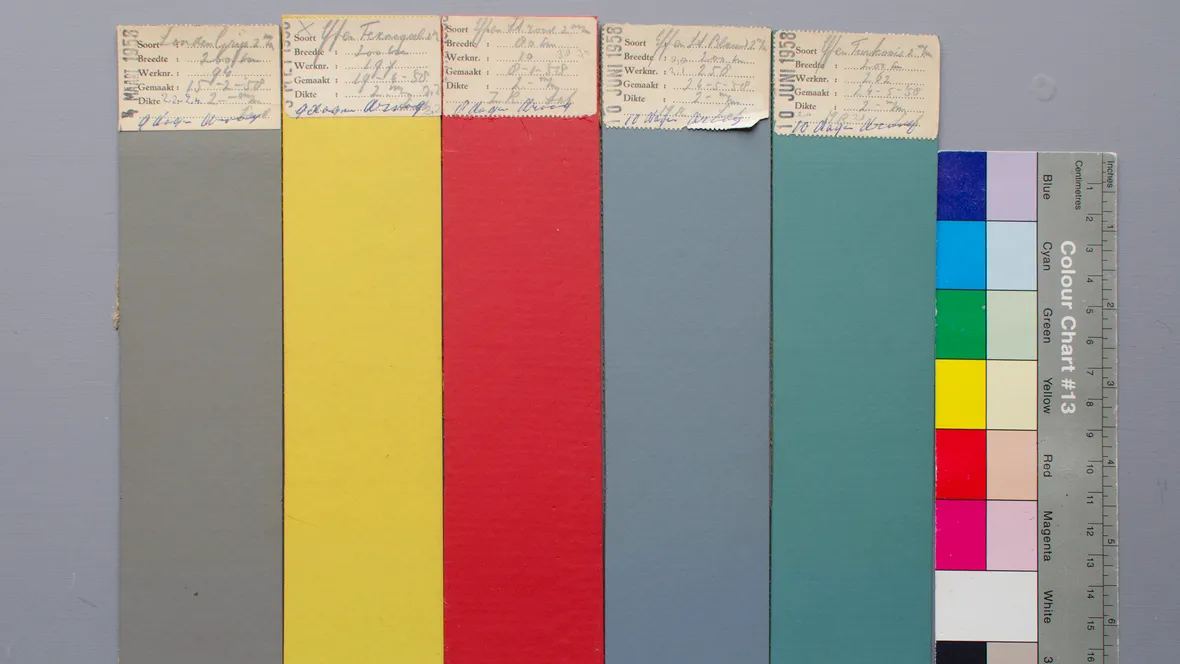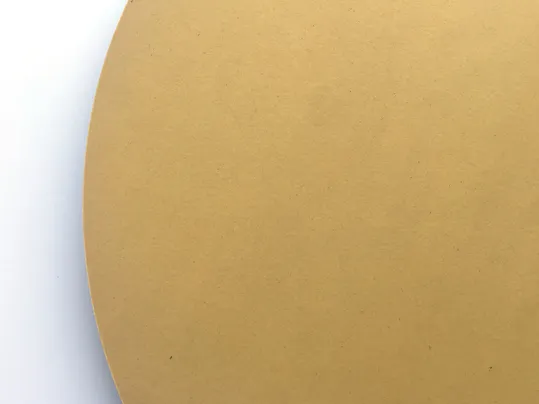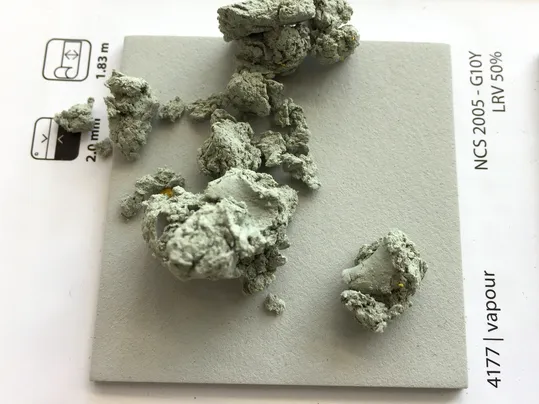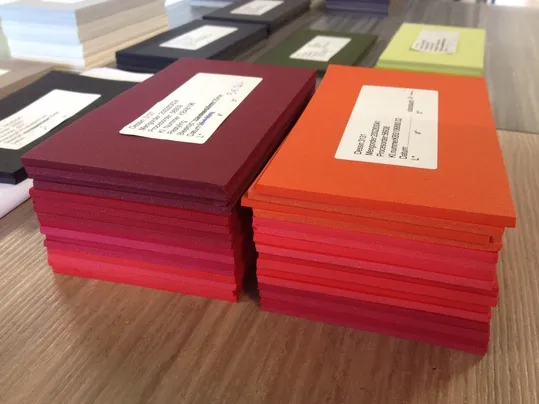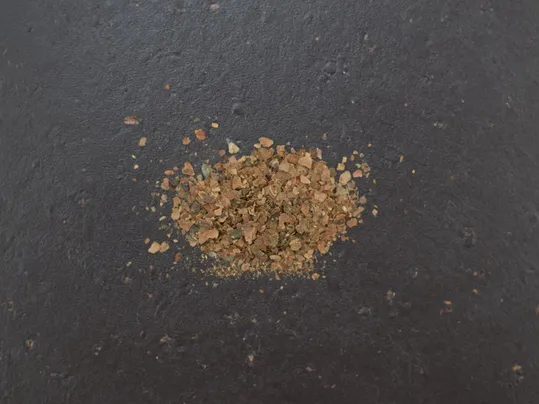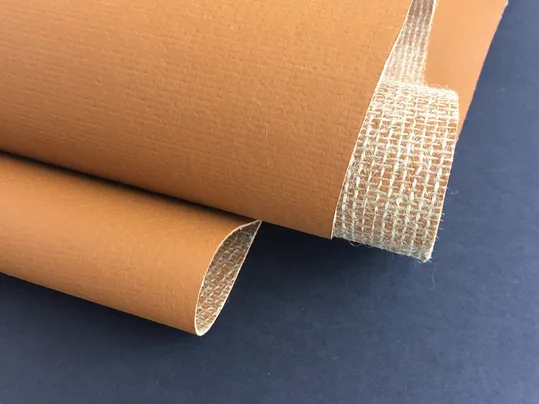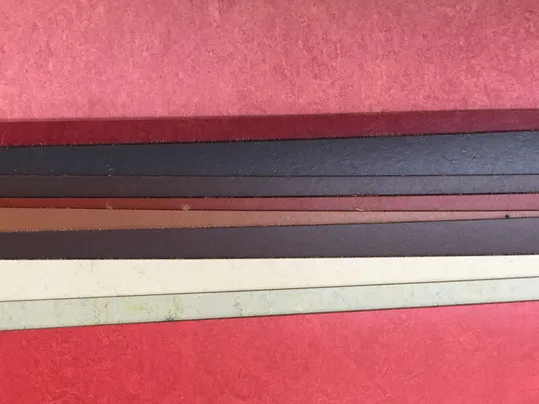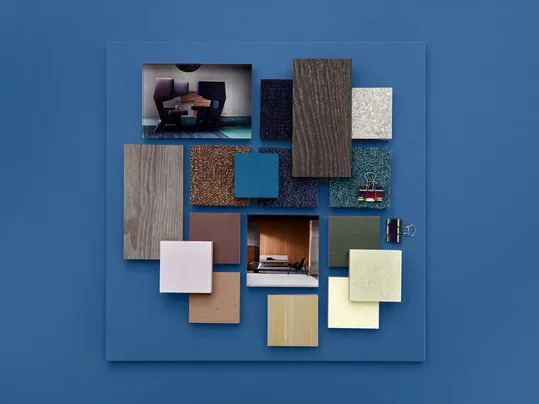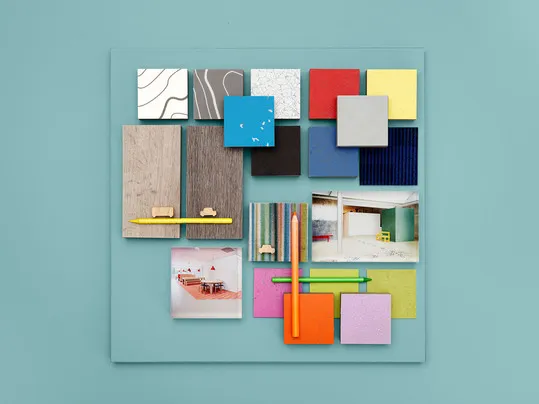Conversation piece
Linoleum samples make an idea concrete, and can be used as a conversation piece for both internal and external evaluations. A concept will be considered in terms of manufacturing feasibility, how future-proof the design is and how it fits into a collection. These discussions then provide more substance for the story that will be told around the collection.
A new Marmoleum design is developed on the back of a certain demand, which may hark back to a segment, target group, region or trend.
For example, we are seeing an increasing need for more of a residential feel in public buildings. Marmoleum, with its material expression, can offer a solution to this, as can the choice of a specific colour scheme.
